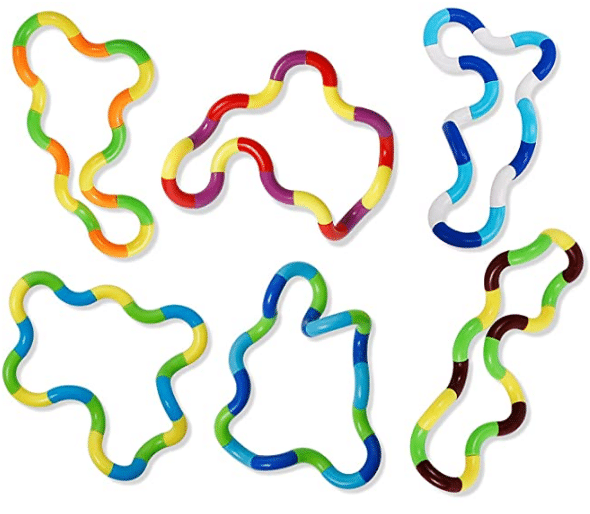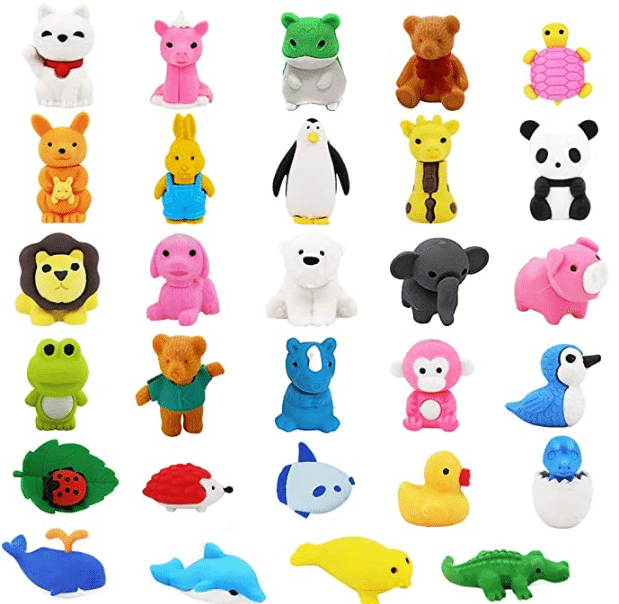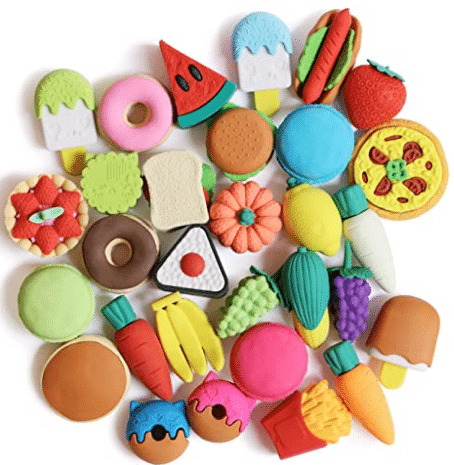You’ve heard the craze, but have you jumped on the fidget tool or desk pet teaching trend?
Fidget toys and desk pets might just sound like the latest fad in education, but they are both actually easy-to-use tools that educators can implement to support attentiveness and positive classroom behavior.
And it’s time to get on board.
Learning to Focus with Fidget Tools
Fidgeting is our body’s way of naturally releasing energy (and we know children have a ton of energy). Most teachers see fidgeting in students when they are continuously getting up to use the restroom or sharpening their pencils, rustling around in their seats, always talking to classmates, doodling during lessons, etc. Many teachers and parents are hesitant that these toys or tools will take their student’s focus off of the task at hand and become a distraction, but that’s often not the case.
Fidget toys or sensory tools are self-regulation objects to help with focus, attention, calming, and active listening. Using intentional fidgeting in the classroom has shown enhanced academic achievement in children with ADHD, anxiety, and other sensory processing differences. That is because the movement of fidget tools, “…causes instant grounding effects by taking the user out of their head and refocuses them back to the present moment” says Licensed Family Therapist Elizabeth Hankin, M.A., LMFT.
How You Can Implement Fidget Tools
It’s important to introduce fidget tools in a structured way so they don’t end up becoming a toy or unnecessary distraction. Follow these steps to easily implement fidget and sensory tools in your classroom.
-
- Start by introducing your students to the sensory systems
- Explain or experiment how each work and can improve focus & calm their mind
- Have them choose their own unique sensory preferences
- Purchase or make sensory tools that will work for your students
And the last and most important step…
-
- Set rules and expectations for the fidget tools
This step is vital to drawing the line between a sensory object and a toy. Set a list of ground rules for your class when it comes time to get the sensory objects out. Make sure to emphasize that they are not to be used as a toy.
You could even have time limits as to when they can be used. For example, some teachers choose to keep sensory objects out throughout the day, while others choose to let their students pick when they would like to have the sensory object with them. To do this you’ll need to help students learn to understand when they might need the device- like to sit through a group reading or to focus during a test. After you introduce the sensory objects and state their purpose, practice completing tasks with (and without) the fidget tools and see what works best for your students.
Quick List of Fidget Tools
Remember the goal of fidget tools is to help focus attention and improve learning ability. When you purchase a device it should be a good sensory object; something that has some weight, movement, or texture. Here is an easy list of classroom-friendly sensory objects.
Encouraging Positive Behavior with Desk Pets
Now let’s talk about the other teaching trend that has taken the internet by storm- desk pets. You’ve probably seen the idea all over Teacher TikTok and Instagram, but these little erasers are more than just a cute desk accessory for your students, they are great for positive reinforcement in the classroom!
So what exactly are desk pets? Desk pets are miniature erasers in the shape of animals that students ‘adopt’, keep on their desk (or station), and get to ‘take care of’ throughout the year by building the pets ‘habitat’. The erasers come in different varieties- sea animals, pets, zoo animals, etc. and can be found at stores like Target, Dollar Tree, and Amazon.
Educators across the nation are using these pets as rewards for positive behavior. When students are acting accordingly or do a good deed they will be awarded ‘money’ or a ‘token’ to help purchase their own desk pet. The positive reinforcement doesn’t stop there. They can continue to earn ‘tokens’ to build a habitat and take care of their pet with food, friends, housing, accessories, etc.
How You Can Introduce Desk Toys
Every educator does desk pets differently, so don’t be afraid to make them your own and adapt them to your class. But like, fidget toys it’s important to bring desk pets on as an incentive for your class in a strategic way to make sure they do not become a toy or distraction. Here’s what you can do to introduce them into your classroom.
- Set up a reward process where students can earn ‘money’ or ‘tokens’ for positive behavior, following rules, kind words, etc.
- Create an ‘adoption center’ full of desk pets that are ready to be purchased. You can even make a ‘pet store’ that houses accessories (also in the form of erasers) for their desk pets that they can purchase.
- Set aside time at the end of the day or week where students can cash in and adopt pets or purchase accessories.
- Find a place where your students will house their pets. Will they keep them on their desks? On a side table? In a shoebox ‘community’ that you build in the corner of your room. You decide.
And lastly, just like with fidget tools…
- Set rules and expectations
The time to establish guidelines is before your students even receive their desk pet. How you want to set rules is up to you, but many educators find that putting desk pet rules in their ‘adoption contract’ that they will sign and give back to ‘adopt’ their pet is helpful. And in the event that the student is using the desk pet as a toy it can be taken away- per the signed agreement.
Desk Pets for Your Classroom
Incorporating desk pets may feel a bit overwhelming, but don’t worry once you get started and into a routine, it’s easy and just as rewarding. The most important thing to remember is you can make your classes’ desk adventure whatever you would like it to be- big or small. Don’t feel pressured to do everything every other educator is doing on social media with their desk pets, find what works best with your class, and roll with it!
Now it’s time to start building your own desk pet collection. Click here for some easy and cheap desk pets and accessories to get your class store started.
This article is furnished by California Casualty, providing auto and home insurance to educators, law enforcement officers, firefighters, and nurses. California Casualty does not own any images in this post, they have all been linked to their owners. Get a quote at 1.866.704.8614 or www.calcas.com.
- Graduation – When to Remove Your Child from Your Auto Policy - May 18, 2023
- How to Prevent Catalytic Converter Theft - May 17, 2023
- How Much Does Home Insurance Cost? - May 17, 2023





